Big brothers pave the way for Japan’s SMEs
Small and medium-sized Japanese investors are looking to Vietnam as a destination for component production and assembly for large-scale Japanese corporations.
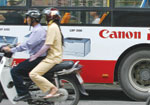 Riding pillion: small businesses from Japan are following bigger enterprises into Vietnam |
Seiji Aikawa, president of Aikawa Asia Business Consultants (AABC), said the continued expansion in production and investment in Vietnam by Japan’s industrial giants in recent years had opened opportunities for further Japanese small and medium-sized enterprises (SMEs) to touch down in the market.
Aikawa cited the growth of Canon, Honda and Toyota as sterling examples, with the expansion of these groups brought in many further sub-contractors - smaller operations which produce components for the printers, photocopiers, motorbikes and automobiles that the giants manufacture.
Canon Vietnam, which became operational in late 2002, had initial capital of $76.7 million, which was increased by $60m in 2005, and a further $70m in the first half of 2006, according to Ministry of Planning and Investment (MPI) figures.
“Canon’s expansion created a ripple effect, stimulating increased investment by the firm’s regional contractors over recent years,” Aikawa said.
MPI figures also revealed that Honda had increased local investment by $58m to retool for passenger car manufacturing, while Toyota fed in another $22m last year.
“The increased production by these corporations also means an increase in their requirements for components, which opens opportunities for more Japanese SMEs,” Aikawa said.
The opening of the East-West Economic Corridor linking Myanmar, northern Thailand and Laos, and a second pledged to connect Ho Chi Minh City to Bangkok through Cambodia in the near future, will also provide opportunities for Japanese investors to increase their sales to larger Japanese firms operating in the ASEAN region, he said.
“Japanese component producers in Vietnam will be able to connect with car manufacturers in Thailand. I predict that businesses founded here will become a very important component supplier to large Japanese automotive corporations in the region,” Aikawa said.
Japanese SMEs, which tend to operate as sub-contractors for larger Japanese corporations, may also be lured by the country’s low labour costs and working productivity, he stressed.
Worker salaries hit the glass ceiling at $163 per month in Hanoi and $185 in Ho Chi Minh City. These figures are $301 and $249 in Shanghai and ShenZhen respectively, according to the MPI.
An engineer’s salary is around $385 in Hanoi and $373 in Ho Chi Minh City, compared to $593 in Shanghai and $620 in ShenZhen.
“The pre-eminence of Vietnamese workforce demonstrated not only through low labour cost but also their high productivity, creativity and discipline,” Aikawa said. “That is one of the main reasons prompting many Japanese investors to move to Vietnam from China.”
“I do not like Chinese workers, as they often quit and they do not obey instructions from managers,” Yutaka Fushimi, president of the Fushimi Pharmaceutical Co., Ltd., told Vietnam Investment Review.
“We ourselves are highly self-disciplined, particularly in working hours. That’s why we demand a highly disciplined attitude from workers,” he said.
No. 776/August 28 - September 3, 2006
What the stars mean:
★ Poor ★ ★ Promising ★★★ Good ★★★★ Very good ★★★★★ Exceptional
 Tag:
Tag:
Related Contents
Latest News
More News
- Vietnam’s economy on track for 6.5 per cent growth despite Typhoon Yagi, says HSBC (October 01, 2024 | 16:46)
- Vietnam urges China to expand market access for agricultural products and strengthen trade ties (October 01, 2024 | 16:42)
- IMF predicts Vietnam's economic growth to reach 6.1 per cent in 2024 (September 30, 2024 | 18:26)
- Deli Group breaks ground on $270 million factory in Hai Duong (September 30, 2024 | 18:17)
- Government considering tax on multiple properties (September 27, 2024 | 20:17)
- Accuracy more vital than ever in dawn of AI (September 26, 2024 | 20:44)
- Vietnam remains attractive destination for US businesses (September 26, 2024 | 20:23)
- New innovation centre inaugurated during HEF 2024 (September 25, 2024 | 09:00)
- China's Geely to build $168 million automobile facility with Tasco in Thai Binh (September 24, 2024 | 19:03)
- Spate of claims made in typhoon aftermath (September 19, 2024 | 17:00)





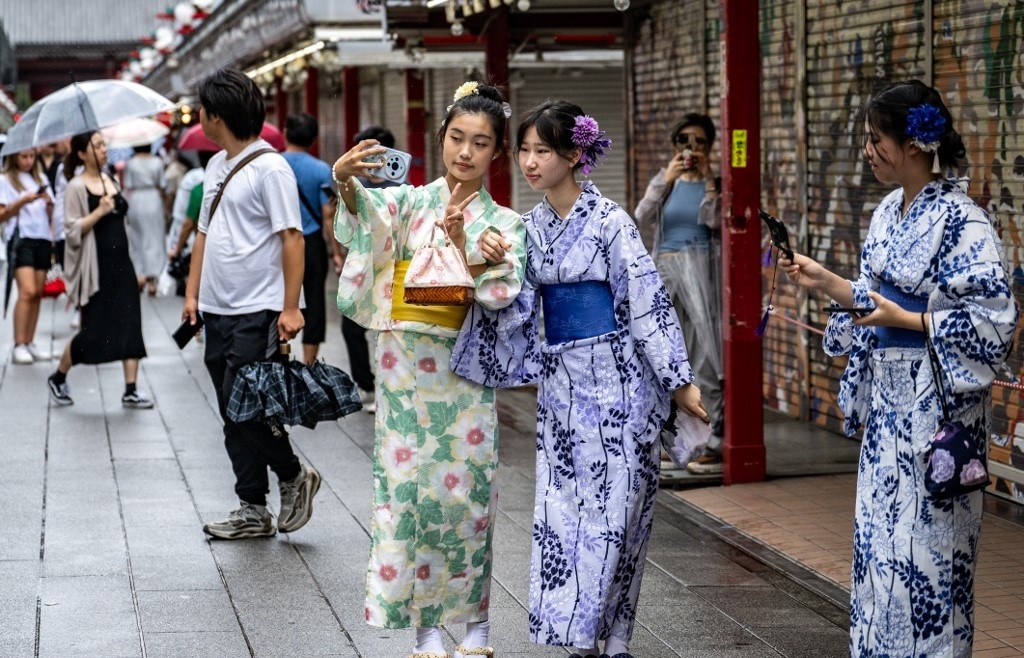
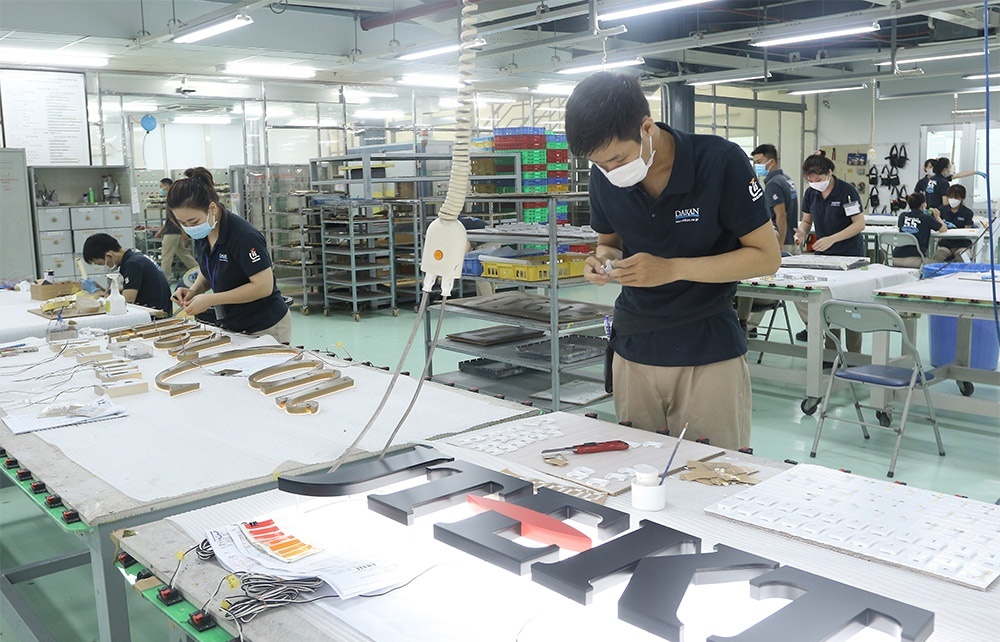
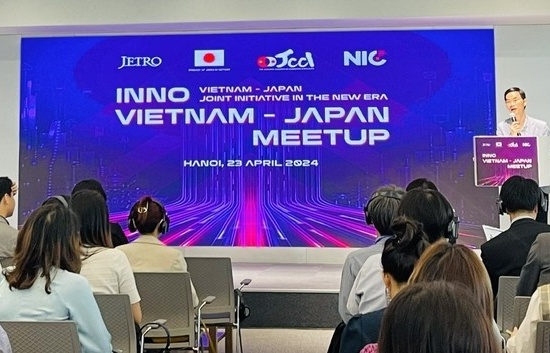
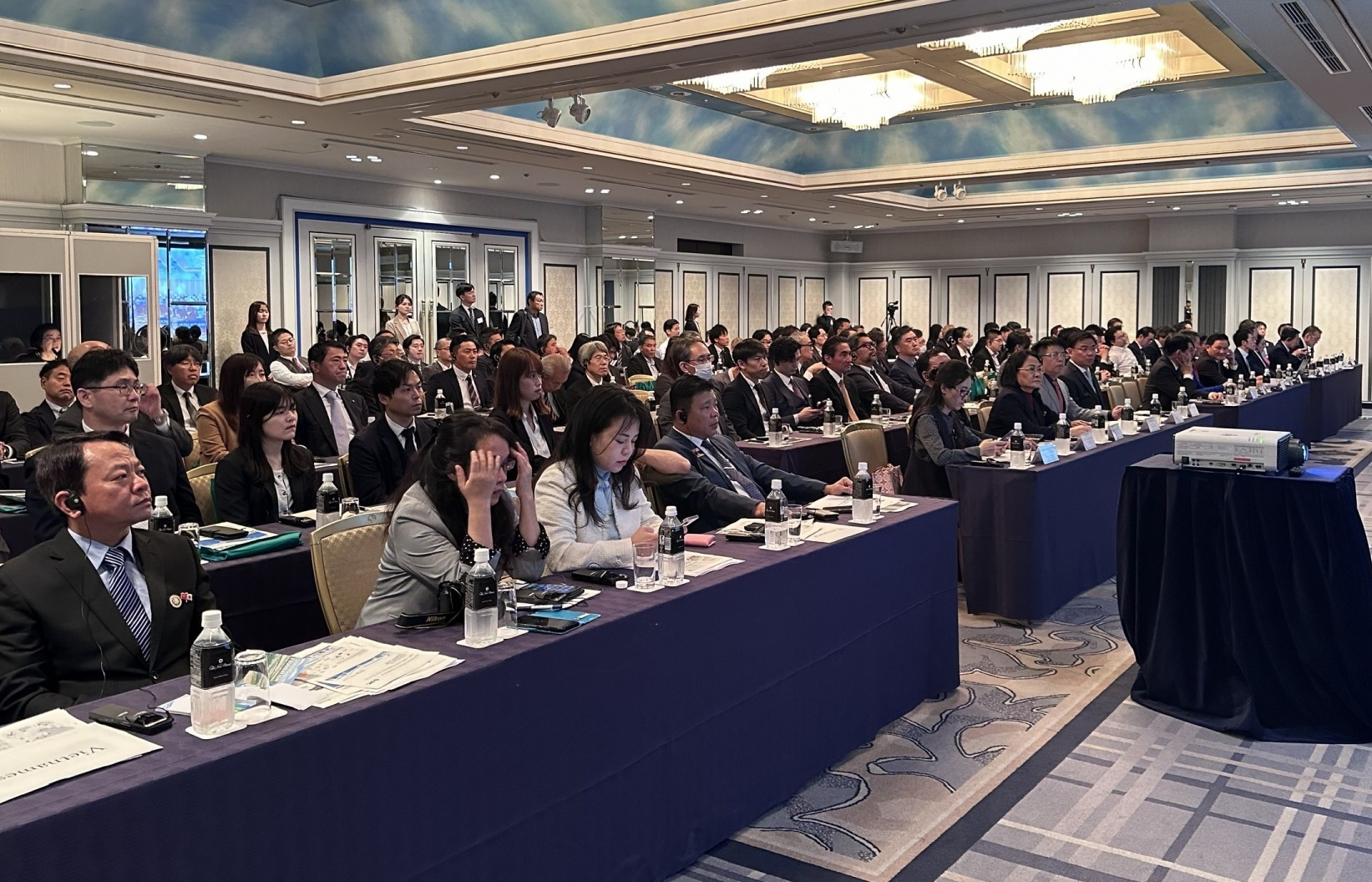
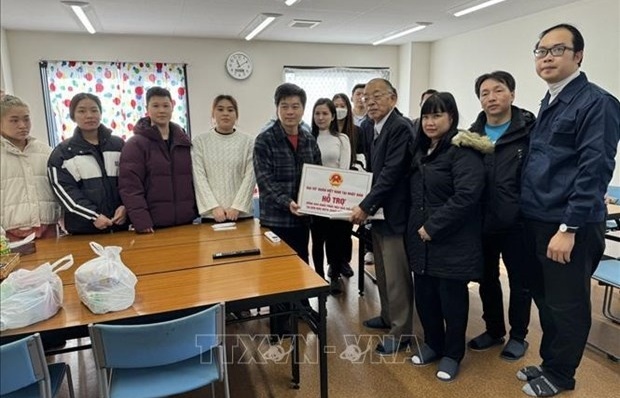

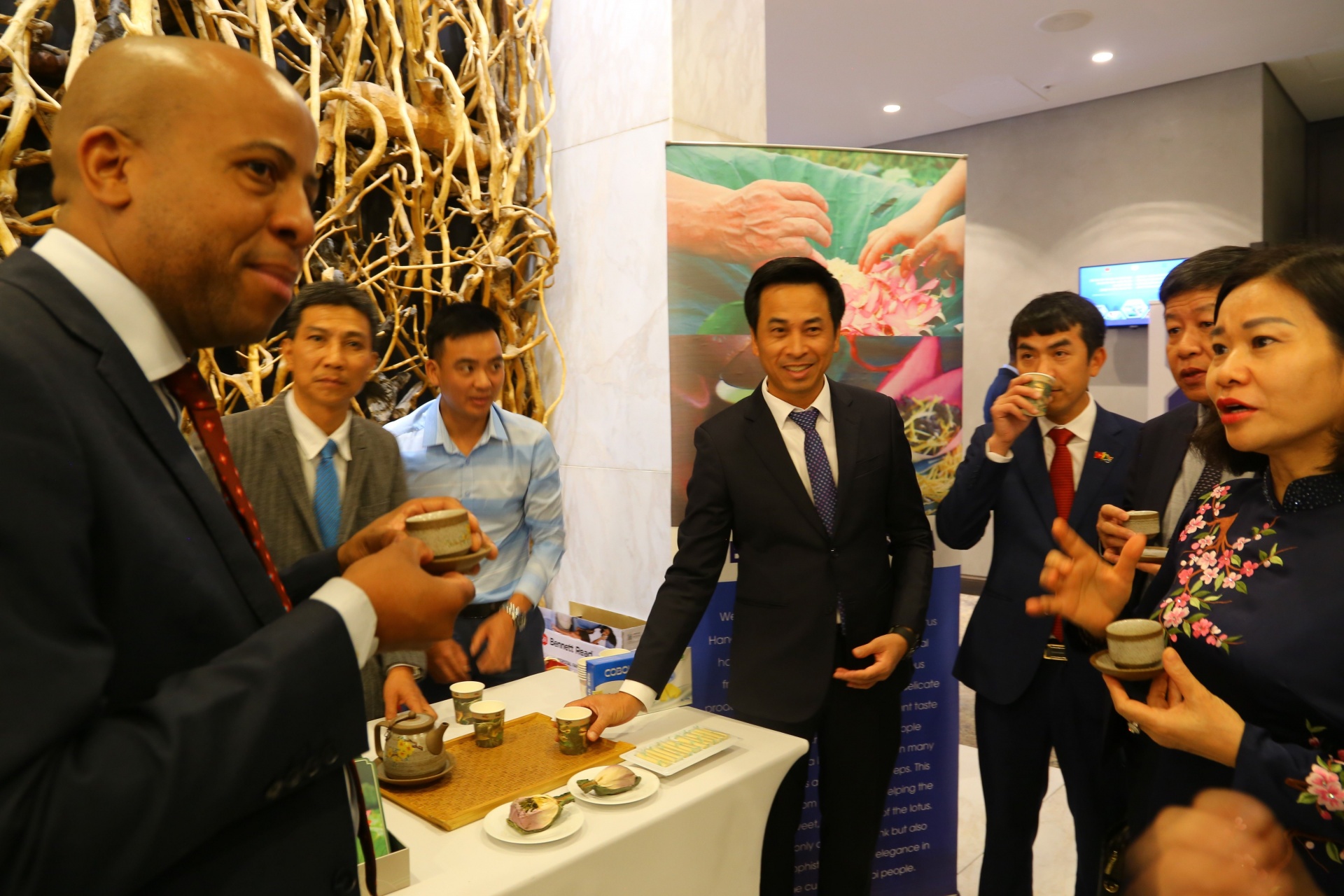
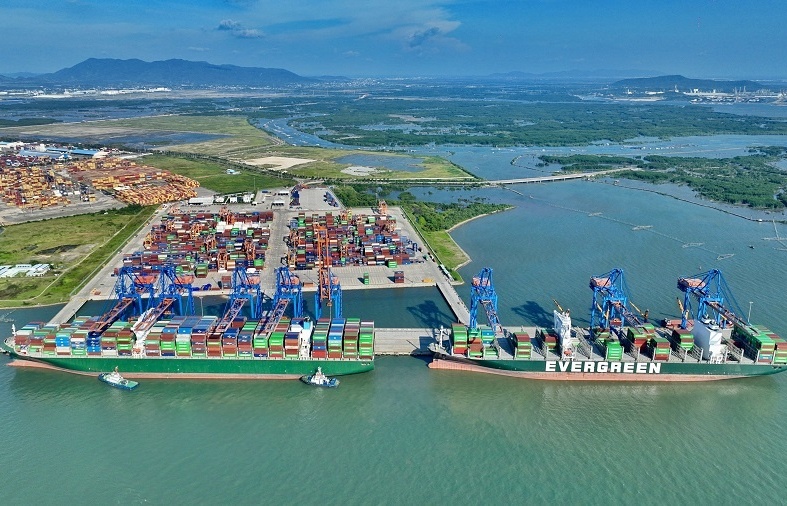


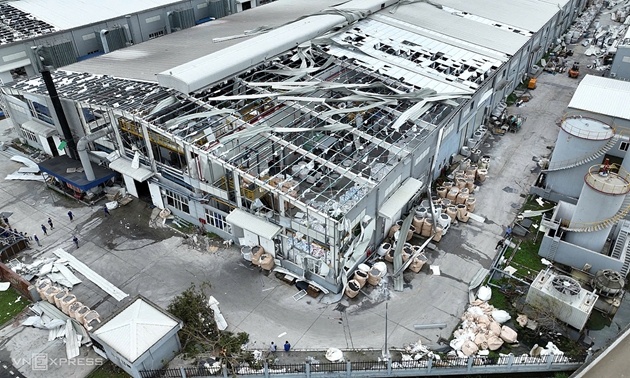







 Mobile Version
Mobile Version